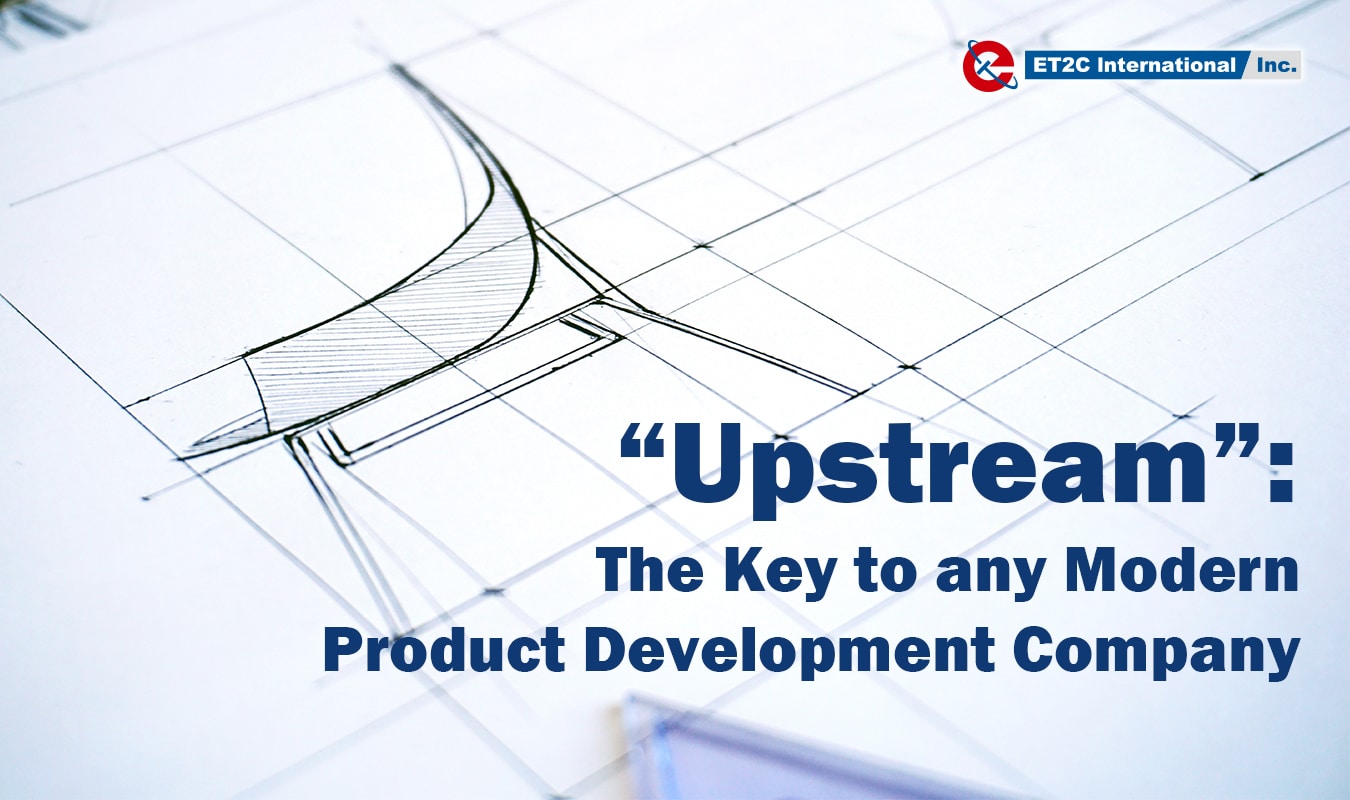Market Overview
In the past, Asian factories have been over-reliant on their customers for design and development. There was always a greater onus on transactional outsource manufacturing rather than design and innovation. As the sector has evolved, particularly in China, design, and innovation have come to the forefront. This is the culmination of a natural progression of suppliers’ own internal capabilities on the back of investment in R&D and other factors such as competition and external drivers (for example, the recent US Trade War) that have ushered this transformation further forward.
A good illustration, at one end of the product spectrum, of how prominent innovation is now within the Chinese manufacturing base is that “Ninety percent of the world’s headphones are produced in China, 90% of China’s headphones are produced in Guangdong, and 90% of Guangdong’s headphones are made in Dongguan” as stated by SIVGA co-founder and product chief Zhou Jian (Bloomberg).
The likes of Amazon and other e-commerce platforms are actually taking this one step further. They are now working and collaborating with manufacturers on pricing strategy, ranging, logistics, warehousing, and delivery in foreign markets. Ultimately, they are affecting the cannibalization of manufacturing capacity whilst also potentially competing in the same markets as their clients. Certainly, something to keep in mind when identifying new suppliers.
The key to any product development company
The key therefore for any product development company is to leverage this expertise and innovation and develop an ‘upstream’ design/development capability. This means investing time and resources to work side by side with your partners in their sample rooms or developing mold. Where companies have Sourcing Offices then it is ensuring a local design/innovation capability to work closely with the manufacturers. Alternatively, and this is happening with some large brands, having the design teams spend months on-site at the factories.
To build on this, we have pulled together some tips so you can shorten your development cycle, access R&D, and take advantage of the many other resources available to you.
Tip #1: Save Time
Companies are always looking to shorten lead times and it is often the development cycle that is the longest and least efficient part of the entire critical path from concept through to delivery. Here are a few ways that as a product development company you can do just that by being on-site with your supplier:
- Be present: Collaborate in real-time and in-person
- Remove Waste: Samples made, adjusted and approved on-site
- Innovation: Identify potential options, tests, and feedback immediately
- Sustainability: Remove carbon footprint and waste

Tip #2: Use Tech
There will, of course, be times when designers and engineers are not able to be at the factory. It is important too, therefore, to think through the application of technology to minimize cost and increase efficiency. Here are just some of the ways you can cut time and money.
- Additive/3D Printing: 3D printing used for sampling, functional testing and mold confirmation pre-investment
- Photography/Imaging: Use photography, scanning, and imaging as much as possible to avoid multiple iterations being shipped. Rely on the final sample for sign off.
- Software: Use of specialist software to make the development cycle more efficient. For example, design software that shows final garments on models prior to development, which aids the design process.

Tip #3: Pick the Right Partners
Whatever your sourcing strategy, as a product development company, picking the right partner is integral to being able to develop your products. If you are working with a manufacturer direct, then being able to collaborate with them closely and is a necessity. Alternatively, choosing the correct sourcing partner can make all the difference where there is a need to work upstream on development and you do not have sufficient resources to do so yourself.
- Understanding: Your partner needs to know what your needs are and how to address them.
- Capability: Your partner needs to have the upstream design/development capability.
- Language/Cultural Barriers: It is essential that the communication channels are effective and there are no unnecessary misunderstandings that may lead to delays and additional costs.
- Trust: In addition to standard contracts etc, you need to be sure that your partner is accountable and trustworthy. You do not want them competing with you in your market with similar designs (remember the ‘Amazon effect’!).

Summary
The world has become smaller whether through the availability of travel or technology. It is important that as a product development company you are leveraging what is possible in today’s age. This should drive down costs, increase efficiency and the ability to enhance the design/development process.
At ET2C, we have in-house capability across a range of products whilst also working with design partners in certain instances. For all inquiries, please contact us at contact@et2cint.com.


